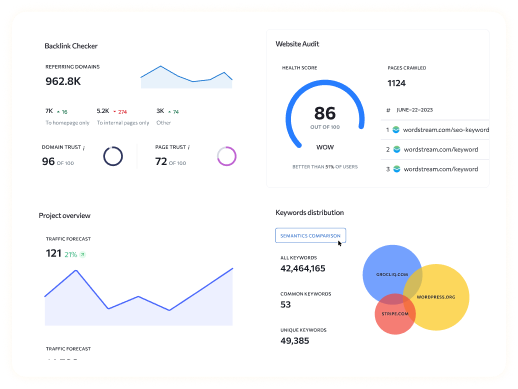Beta is a crucial financial metric used to measure the volatility or risk of a stock or investment compared to the overall market. Understanding how to calculate beta can help investors assess whether an asset is more or less risky than the broader market. A beta value of 1 indicates that the investment moves in line with the market. A value greater than 1 means the investment is more volatile, while a value less than 1 signifies lower volatility.
Steps to Calculate Beta
- Collect Historical Data: To calculate beta, you need historical price data for the stock or asset and the market index, such as the S&P 500. Ensure that the data covers the same time period and includes both the asset’s price and the index’s price.
- Calculate Returns: Compute the daily, weekly, or monthly returns for both the asset and the market index. The formula for returns is:
Return = Price Today -Price Yesterday /Price Yesterday
- Determine Covariance: Next, calculate the covariance between the asset’s returns and the market’s returns. Covariance measures how much the asset’s returns move with the market’s returns.
- Find the Market Variance: Calculate the variance of the market’s returns. Variance measures how much the market’s returns fluctuate over time.
- Use the Beta Formula: Once you have covariance and variance, use the beta formula:
β= Covariance of the Asset and Market/Variance of the Market
This result gives you the beta, which shows the relationship between the asset’s movements and the market’s overall movements.
Interpretation of Beta Values
- Beta = 1: The asset moves in sync with the market. If the market increases by 5%, the asset is expected to increase by 5% as well.
- Beta > 1: The asset is more volatile than the market. A beta of 1.5 means if the market rises by 5%, the asset is likely to rise by 7.5%.
- Beta < 1: The asset is less volatile. A beta of 0.5 means that if the market rises by 5%, the asset may only rise by 2.5%.
- Negative Beta: A rare case where the asset moves inversely to the market. If the market rises by 5%, a stock with a negative beta may fall.
Note: Read Our Latest Glossaries:
Year on year (YoY) | Google Plus (G+) | proof of concept | Gross Merchandise Volume (GMV) | rewrite my paragraph | portable network graphics | pay for performance | year to date meaning | Real-Time Bidding (RTB) | Budget, Authority, Need, Timing (BANT) | Bright Local (BL) | Return on Advertising Spend (ROAS) | Average Order Value (AOV) | share of voice | tf-idf | Outbound Link (OBL) | Calculate conversion cost | how to calculate beta | what is a gui | file transfer protocol | blackhatworld | cost per acquisition | engagement rate calculator | what is a coa | Customer Lifetime Value (CLTV) | Calculate YouTube Revenue | altavista search engine | sem copy optimisation | data management platform | Run of Site (ROS) | Search Engine Results Management (SERM) | Request for information (RFI) | Below the Fold (BTF) | star rating | sa360 | Application Program Interface (API) | what is an sop in business | Black Friday Cyber Monday (BFCM) | Google It Yourself (GIY) | Iterative Design Approach (IDA) | what is a bmp file | demand side platform | How to calculate average CPC | Trust Flow (TF) | Inverse Document Frequency (IDF) | Google Advertising Professional (GAP) | google trends search | google values | dynamic search ads | social bookmarking | how to calculate ctr | how to start a digital marketing company | Month on Month (MoM) | cost per impression | what counts as a view on youtube | what is ota9
Frequently Asked Questions
Q1. What is the main use of beta?
A1: Beta helps investors measure the risk of a stock relative to the market and make informed decisions about its volatility.
Q2. What data do I need to calculate beta?
A2: You need historical price data for both the stock and a market index like the S&P 500.
Q3. Can beta be negative?
A3: Yes, though rare, a negative beta means the stock moves inversely to the market.
Q4. What does a beta of 0.8 mean?
A4: It means the stock is less volatile than the market, typically moving only 80% as much as the market does.
Q5. Is a higher beta always bad?
A5: Not necessarily. A higher beta indicates more risk, but it can also lead to higher returns during strong market performance.





